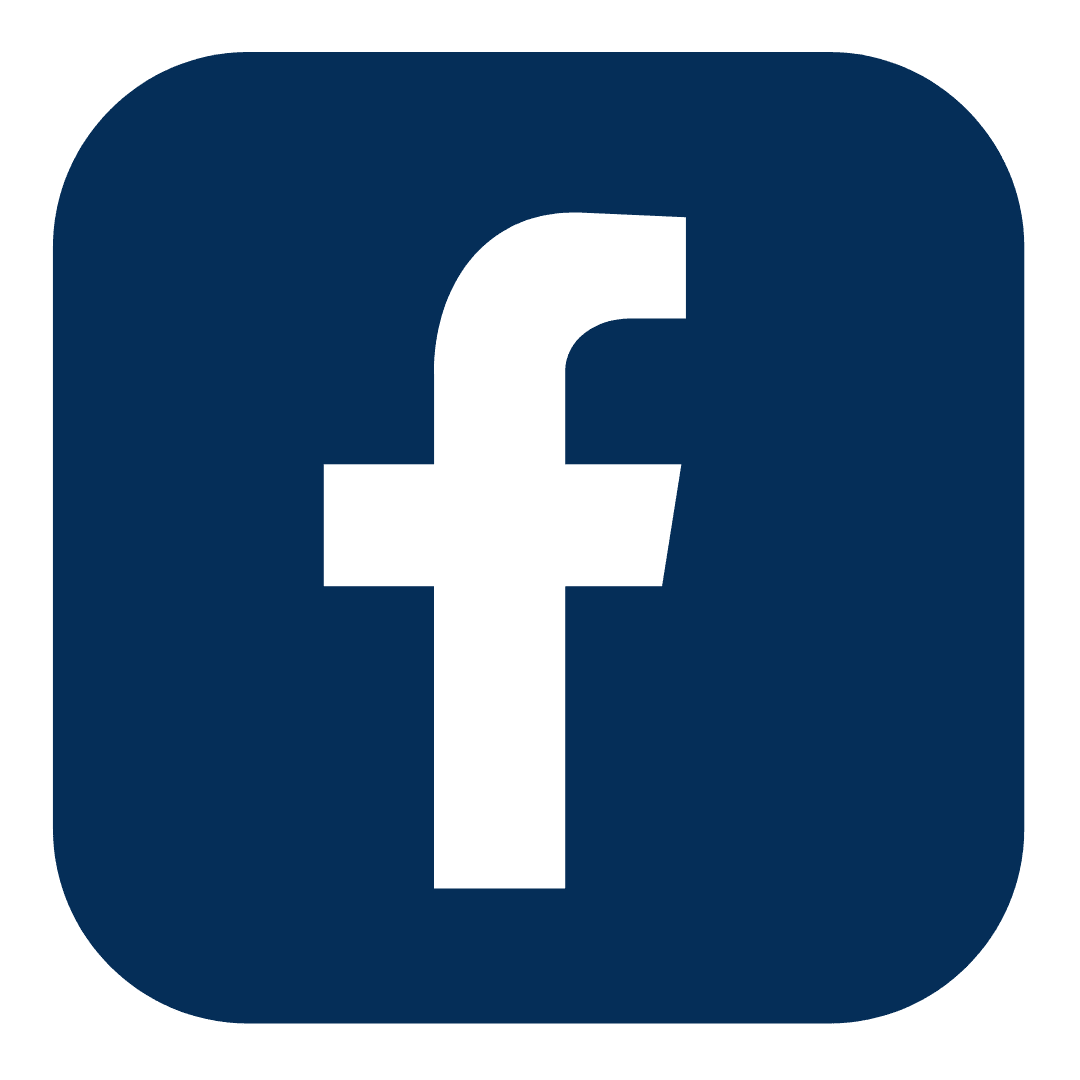
Beat Tawny Crazy Ants: Control Tips & Prevention
Imagine your backyard transformed into a bustling hub of tiny invaders, moving at a frenetic pace. That's the reality for many in the southern United States, where tawny crazy ants are taking over. Known for their erratic movements and love for warm climates, these ants aren't just a nuisance; they're a growing ecological and economic concern.
You've likely heard whispers of their conquests – shorting out electrical systems, overrunning homes, and even outcompeting the notorious Red Imported Fire Ant. Officially dubbed Nylanderia fulva, these tawny invaders have been disrupting life in Florida and Texas for over a decade and are now spreading across the Southeast with alarming speed.
What are Tawny Crazy Ants?
You may have encountered the term "tawny crazy ants" and wondered what sets these insects apart from the common ant species you're familiar with. Unlike their more orderly counterparts, tawny crazy ants display a noticeable erratic and rapid movement that truly justifies their moniker. Originating from South America, these invasive pests have adapted to the warm climates of the southern United States, thriving particularly in states like Florida and Texas.
Officially named Nylanderia fulva, these ants possess a distinctive tawny or reddish-brown coloration, which correlates with their Latin name "fulva" meaning tawny. Researchers such as Gotzek et al., have made significant strides in identifying and naming this species, which goes by several common names, including the Caribbean crazy ant, hairy crazy ant, and Rasberry crazy ant.
You might wonder why tawny crazy ants are more problematic than other ants. The answer lies in their sheer numbers and adaptability. These ants don't just settle; they dominate landscapes, covering everything from industrial parks to the privacy of residential homes. It's their high reproductive rate and ability to survive in different habitats that have enabled their rapid spread.
One striking aspect of tawny crazy ants is their capability to dethrone previously established invasive species. For instance, these ants have been known to successfully outcompete the notorious red imported fire ant (Solenopsis invicta). This inter-ant battle might sound beneficial, but don't be fooled. The ecological imbalance caused by the rapid spread of tawny crazy ants is now a significant concern for both wildlife and human residents in the affected regions.
Understanding the biology and management of these ants is crucial, as their impact goes beyond nuisance; they are a serious economic and ecological threat. With their ability to infest homes and short out electrical systems, these tiny invaders can cause damage that's disproportionately large compared to their size. Despite ongoing research, there's much to be learned about how to effectively manage and control the spread of tawny crazy ants.
Identifying Tawny Crazy Ants
When you're dealing with an infestation, correctly identifying the culprit is crucial. Tawny Crazy Ants, scientifically known as Nylanderia fulva, have distinct features that can help in their identification.
Physical Characteristics
In your quest to identify Tawny Crazy Ants, you'll notice a few key physical characteristics that set them apart:
- Coloration: Adult ants exhibit a reddish-brown hue, but the specific shade can vary among individuals.
- Size: Generally, the worker ants are monomorphic, meaning they're all about the same size, roughly 1/8 inch long.
- Antennae: These ants sport unique 12-segmented antennae with no club at the end.
- Body Hair: You'll find numerous long, coarse hairs on their bodies, a feature that's quite noticeable upon closer inspection.
- Legs: Compared to other ant species, Tawny Crazy Ants have relatively long legs and antennae.
| Physical Trait | Description |
|---|---|
| Coloration | Reddish-brown |
| Size | 1/8 inch (worker ants) |
| Antennae | 12-segmented, no club |
| Body Hair | Long, coarse hairs (macrosetae) |
| Legs | Long relative to their body size |
By examining these traits, you can better determine the presence of Tawny Crazy Ants in your environment.
Behavior Patterns
Tawny Crazy Ants are known not just for their physical appearance but also for their distinctive behavior:
- Erratic Movement: They display rapid, unpredictable movements, which might seem chaotic or 'crazy', hence their name.
- Colony Structure: Their colonies can be massive, containing millions of ants, and often lack a centralized nest, opting to spread out and nest in a myriad of locations.
- Nesting Sites: They tend to nest in both moist and dry environments but have a preference for electronics, underneath floorboards, trash bins, and even inside car engines.
Understanding these behavior patterns is key in managing and possibly eradicating these invasive ants from your surroundings. Remember, they're highly adaptable and can survive in various habitats, which allows them to spread quickly. Keep an eye out for their unique movements and nesting habits which can serve as a telling sign of their presence.
The Impact of Tawny Crazy Ants
Ecological Effects
The invasive tawny crazy ant, Nylanderia fulva, has triggered a cascade of ecological disruptions. These ants not only upend insect populations but also wield a profound influence over vertebrates. Your awareness of the fragile ecological balance could be drastically changed by the knowledge of tawny crazy ants' unintended consequences on native fauna.
Wildlife displacement is a major issue as these ants invade ground and tree-nesting birds' habitats, compelling wildlife to abandon their natural homes. Notorious for their competitive edge, tawny crazy ants have also been observed displacing other ant species including the infamous red imported fire ants. Their unchecked proliferation can lead to the vanishing of resident insect choruses and bird songs in the affected areas, painting a near-apocalyptic scene.
Tawny crazy ants' interactions with other species extend beyond mere competition; they may spell doom for certain arthropods like crickets and scorpions. The noxious effect of these tiny invaders is magnified when considering their assault on larger animals. Reports include attacks around sensitive areas such as eyes, nasal cavities, and hooves, impacting even cattle.
| Impact Descriptor | Species Affected |
|---|---|
| Wildlife Displacement | Ground and Tree-nesting Birds |
| Competitive Displacement | Red Imported Fire Ants |
| Predatory Behavior | Arthropods, Lizards, Snakes |
| Physical Harassments | Livestock |
Furthermore, their symbiotic relationship with hemiptera, sucking insect pests, has been associated with the desiccation of grasslands, jeopardizing entire ecosystems. Such changes underscore the ant's role as an ecosystem engineer, destabilizing established food webs and potentially leading to reduced biodiversity.
Economic Effects
The repercussions of a tawny crazy ant infestation spill into the economic realm. These pests have become a significant nuisance to residents and businesses, making it increasingly difficult for you to enjoy or even utilize outdoor spaces. Ant invasions have reached a point where domestic and farm animals are also keen to remain indoors, suggestive of the severity of these infestations.
Households are not the only victims; agricultural repercussions are not negligible. The unintentional movement of infested materials – from potted plants to bales of hay – could inadvertently transport these pests far and wide via truck, railroad, or airplane. Indirect damage to crops may occur through the ant's alliance with hemipteran insects, pointing to far-reaching agricultural threats.
| Economic Area | Specific Threat |
|---|---|
| Property Damage | Infested Electrical Equipment and Structural Integrity |
| Agriculture | Movement of Infested Materials, Crop Symbiosis with Hemiptera |
| Livestock | Health and Well-being of Animals |
Controlling Tawny Crazy Ant Infestations
Natural Methods
When you're facing an invasion of tawny crazy ants, don't overlook natural control options. These methods can be key to managing smaller populations and preventing new infestations. Begin by eliminating potential nesting sites around your property. This includes clearing away debris, sealing cracks, and fixing moisture issues. Regularly maintaining your yard and keeping it free of clutter disrupts the ant's habitat and can deter them from establishing a colony.
Another tactic involves landscape barriers. By using materials that ants find difficult to traverse, such as gravel or sand, around the perimeter of buildings, you create a physical blockade. It's not foolproof, but it can significantly reduce ant traffic.
Lastly, maintaining an ecologically balanced yard that attracts natural predators of these ants can help. Birds, arthropods, and other insects can play a part in keeping the ant populations in check. Encouraging biodiversity in your garden might not eliminate the problem but can help control it.
Chemical Methods
In dealing with sizable tawny crazy ant populations, chemical control often becomes necessary. The Texas Department of Agriculture, together with the EPA, has approved certain products for use in infested regions. When choosing insecticides, it's crucial you opt for those specifically labeled for use against Nylanderia fulva to maximize effectiveness.
Chemical treatments fall into different categories, each with their own strengths:
- Baits: These are designed to be taken by worker ants back to the colony, ultimately poisoning the queen and nestmates. Patience is key, as this method may take some time to impact the entire colony.
- Liquid Sprays: Quick action is the hallmark of liquid insecticides. However, these may require repeated applications due to the vast number of individuals in a colony.
- Granular Formulations: These are applied to the soil and work well for large areas. They act over time and are particularly useful in treating colonies hidden below ground.
- Section 18 Quarantine Exemption: For areas with confirmed infestations, products granted this exemption may be available and are tailored for severe infestations. Be sure to consult professional pest management services to handle these powerful chemicals.
When employing chemical controls, it's essential to heed label instructions rigorously to minimize harm to non-target species, particularly aquatic life. Utilizing a combination of natural and chemical methods usually yields the best results, ensuring these resilient invaders are kept at bay. Integrated pest management not only focuses on current infestations but also helps prevent future occurrences, thus protecting your home or business from further ant-related disruptions.
Prevention Tips to Avoid Tawny Crazy Ants
You can significantly reduce the risk of a tawny crazy ant infestation through diligent home maintenance and strategic landscaping practices. Understanding the behavior and preferences of these ants allows you to create an environment that's less attractive to them. Take proactive steps to safeguard your home and property before these invasive pests become a problem.
Home Maintenance
Keeping your home well-maintained is crucial in preventing tawny crazy ant infestations. Leaky faucets and over-irrigation create high humidity areas that these ants favor. Ensure that all plumbing issues are promptly addressed and adjust watering schedules to minimize excess moisture.
Inspect your home regularly for potential entry points. Seal cracks and crevices with caulking and consider installing weather stripping around doors and windows for an added layer of defense. Ants are less likely to invade a home that is difficult to infiltrate. Don't overlook the importance of routine inspections; vigilance is key to prevention.
Surfaces exposed to regular water contact, such as outdoor flat stone pathways, should not be overlooked. Avoid the use of liquid insecticides in these areas, especially if they are subjected to rain or irrigation. Instead, focus on creating an unwelcoming environment for the ants by keeping such surfaces clean and dry.
Landscaping Practices
Your yard can serve as a gateway for tawny crazy ants if it's not properly maintained. Landscape modifications play a pivotal role in deterring these pests. Remove any unnecessary objects lying on the ground, like rocks, logs, or debris, which can serve as ideal nesting sites for the ants. Before disposing of these items, make sure to inspect and treat them to prevent inadvertently spreading the ants.
Regularly trim vegetation to prevent it from touching the exterior walls, gutters, or other parts of your building. This helps eliminate the "bridges" ants use to access structures. Also, control aphid and scale insect populations in your trees and shrubs, as the honeydew they produce is a food source for tawny crazy ants.
Integrate these maintenance and landscaping practices into your regular home and yard care routines. By doing so, you'll create a less inviting space for tawny crazy ants and stand a better chance of keeping them at bay. Remember, it's far easier to prevent an infestation than to control one once it has taken hold.
Conclusion
You've got the tools and knowledge to tackle tawny crazy ant infestations head-on. Remember, it's about striking the right balance between natural and chemical strategies to keep these persistent pests at bay. Stay vigilant with your home maintenance and landscaping to prevent ants from making a comeback. By following the integrated pest management approach, you'll not only manage current infestations but also safeguard your home from future invasions. Stay consistent with inspections and embrace the preventative measures outlined—your peace of mind is worth it.
Frequently Asked Questions
What natural methods can prevent tawny crazy ant infestations?
To prevent tawny crazy ant infestations naturally, eliminate potential nesting sites, use landscaping barriers, and maintain an ecologically balanced yard to discourage ant colonization.
What chemical methods are effective against tawny crazy ants?
Baits, liquid sprays, granular pesticides, and Section 18 Quarantine Exemption products are effective chemical methods. Always follow label instructions when using these products.
What is Integrated Pest Management (IPM) in controlling tawny crazy ants?
Integrated Pest Management (IPM) involves a combination of natural and chemical strategies, observation, and regular maintenance to effectively manage and prevent tawny crazy ant infestations.
How can I prevent tawny crazy ants from invading my home?
Prevent tawny crazy ants by maintaining your home, addressing plumbing issues, sealing entry points, and removing outdoor nesting sites. Consistent inspections and yard maintenance are vital.
What are some signs of a tawny crazy ant infestation?
Signs include reddish-brown ants with tiny hairs on their bodies, displaying erratic foraging behavior, and often spotting them running around in seemingly random patterns.
We hope you enjoy these informational articles. If you'd like to learn more about our eco-friendly pest control services, call (844) 955-2447.
Read More
Your Path to a Pest-Free Home or Business
Romex Pest Control
We are committed to protecting you, your children, and your pets with our eco-friendly, child-friendly, and pet-friendly guaranteed pest control solutions.
Romex Pest Control is fully insured and licensed in Texas, Oklahoma, Louisiana, and Mississippi.
Service Areas:
Hours
M-F 8 am–5 pm
Sat 8 am–2 pm
Sun Closed
Established 2016 © Copyright 2025 Romex Pest Control










